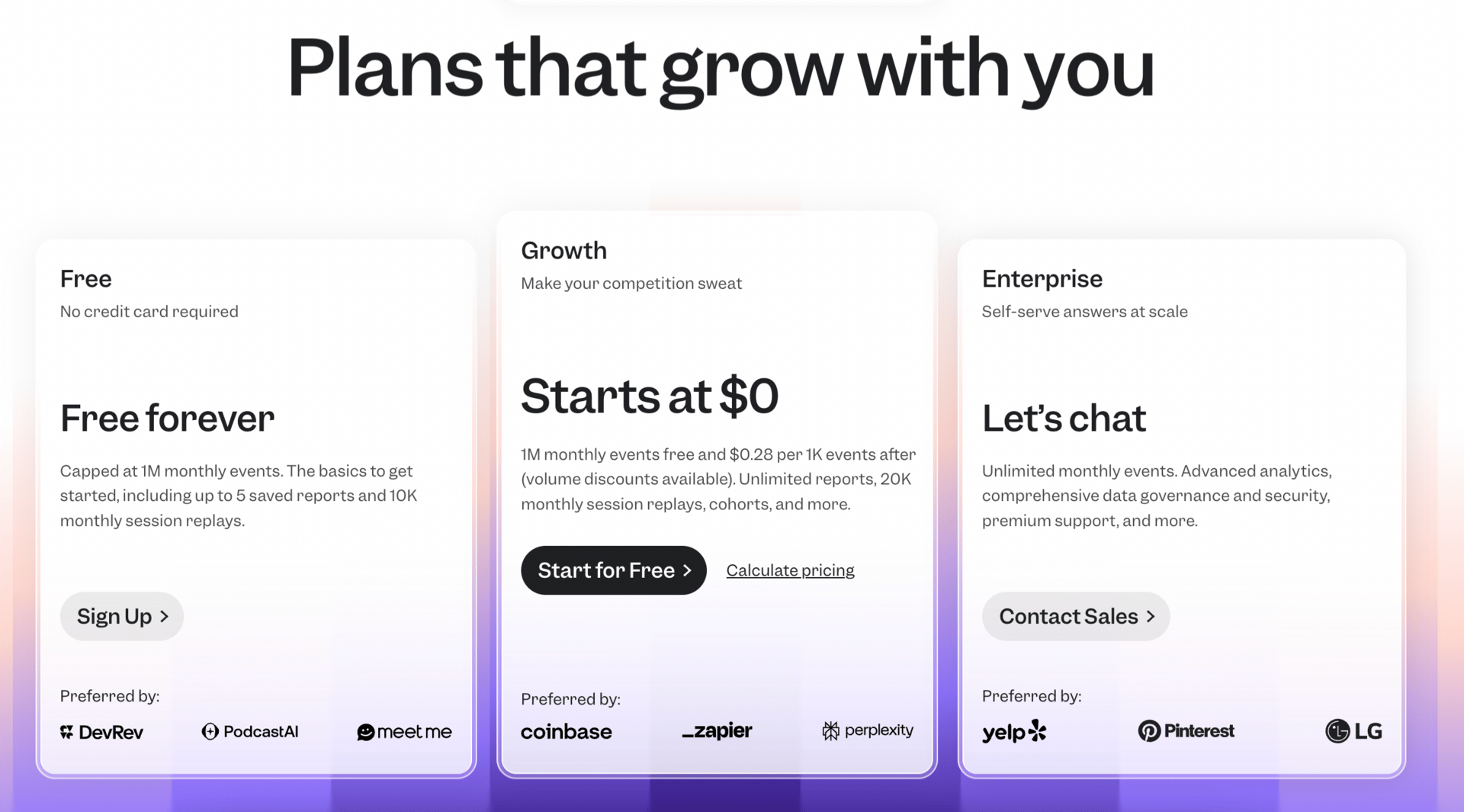You finally got them to care.
They clicked around. They played with the product.
Now they’re here — ready to check the price.
And then?
Nothing.
They stare.
They scroll.
They hesitate.
Then they close the tab.
You never hear from them again.
Choice Overload
This isn’t about being indecisive.
It’s about how people react to complexity under pressure.
Choice Overload happens when the cost of making the decision feels higher than the benefit of making it now.
The more options, variables, or “what ifs” you introduce — the more likely they are to freeze.
Especially when money’s involved.

How we make it worse by trying to make it better
We think:
“We’re being transparent. Everything’s right there — plans, features, pricing.”
But when users land on your pricing page, you’re not just showing them options.
You’re handing them a decision they don’t feel ready to make.
They have to guess:
– How many events do we send?
– Will this scale with our team?
– What even counts as an ‘event’?
It doesn’t feel empowering. It feels like a quiz they didn’t study for.
So they do the easiest thing: they leave.
Here’s a move you can steal from Mixpanel
Mixpanel’s pricing isn’t radically simple.
They still charge by events, and the pricing does scale with usage.
But the page makes it feel easy to decide.
Here’s what they get right:
✅ A slider that shows how much you’ll pay at your volume
✅ One clear, predictable overage rate ($0.28 per 1K events)
✅ No forcing you into plans — just an estimate that reacts as you drag
It’s still usage-based pricing. But it doesn’t feel like homework.
You’re not left guessing. You’re left thinking:
“Okay, I get how this works.”


3 steps to break this pattern next week
Add a pricing calculator — even a basic one. Let users play with volume before they sign up.
Rewrite plan descriptions in human terms: “For early teams running MVPs” beats “Basic.”
Highlight cost predictability. Don’t hide your overage rate — show it upfront.

If you forget everything, remember this:
Users don’t leave because you charge too much.
They leave because it feels hard to know what they’ll pay — or why. Simplify the decision, not just the price.

